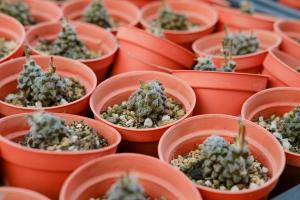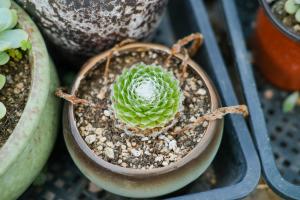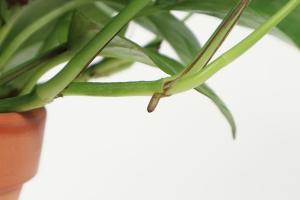Does a Plant Lose Water Every Time Stomata Open
Stomata are tiny pores found on the surface of plant leaves, stems, and other plant organs. They are responsible for regulating the exchange of gases and water vapor between the plant and the environment. When stomata open, water vapor escapes from the plant, but do plants lose water every time stomata open?
What are Stomata?
The stoma (singular for stomata) is a tiny pore surrounded by two specialized cells called guard cells. The opening and closing of stomata are regulated by the concentration of carbon dioxide and oxygen in the plant's environment. When the concentration of carbon dioxide is low, stomata open to let in carbon dioxide for photosynthesis. When the concentration of carbon dioxide is high, stomata close to prevent water loss through evaporation.
Do Plants Lose Water Every Time Stomata Open?
Yes, plants lose water every time stomata open. When stomata open, water vapor escapes from the plant by a process called transpiration. Transpiration is the process by which plants lose water vapor from their leaves and stems to the surrounding air. It is a natural process that is necessary for the health and growth of plants. Water is essential for transporting nutrients and minerals from the soil to the leaves and other parts of the plant. As water evaporates through the stomata, it creates a negative pressure that pulls water up through the plant's roots and into the leaves.
Why Does Transpiration Occur?
Transpiration occurs because of the difference in water concentration between the plant and the surrounding air. The leaves of a plant are covered in tiny pores called stomata. These stomata are surrounded by specialized cells called guard cells. The guard cells open and close the stomata in response to changes in the concentration of carbon dioxide and oxygen in the plant's environment.
When stomata open, water vapor escapes from the plant and evaporates into the surrounding air. This process is called transpiration. Transpiration is important because it helps to create a negative pressure in the plant's xylem vessels. This negative pressure, also known as tension or suction, causes water to be pulled up from the roots of the plant to the leaves and other parts of the plant.
How Much Water Do Plants Lose Through Transpiration?
Plants lose a significant amount of water through transpiration. The amount of water lost through transpiration depends on several factors, such as the humidity, temperature, wind speed, and the plant's size and growth stage. On a hot day, a small plant can lose up to several hundred milliliters of water through transpiration. Larger plants, such as trees, can lose hundreds of liters of water in a single day.
Conclusion
In conclusion, plants lose water every time stomata open. Stomata are essential for regulating the exchange of gases and water vapor between the plant and the environment. When stomata open, water vapor evaporates from the plant, which creates a negative pressure that pulls water up through the plant's roots and into the leaves. Transpiration is an important process for the health and growth of plants, but it can also lead to water loss in arid environments.

 how many times do yo...
how many times do yo... how many planted tre...
how many planted tre... how many pine trees ...
how many pine trees ... how many pecan trees...
how many pecan trees... how many plants comp...
how many plants comp... how many plants can ...
how many plants can ... how many plants and ...
how many plants and ... how many pepper plan...
how many pepper plan...































